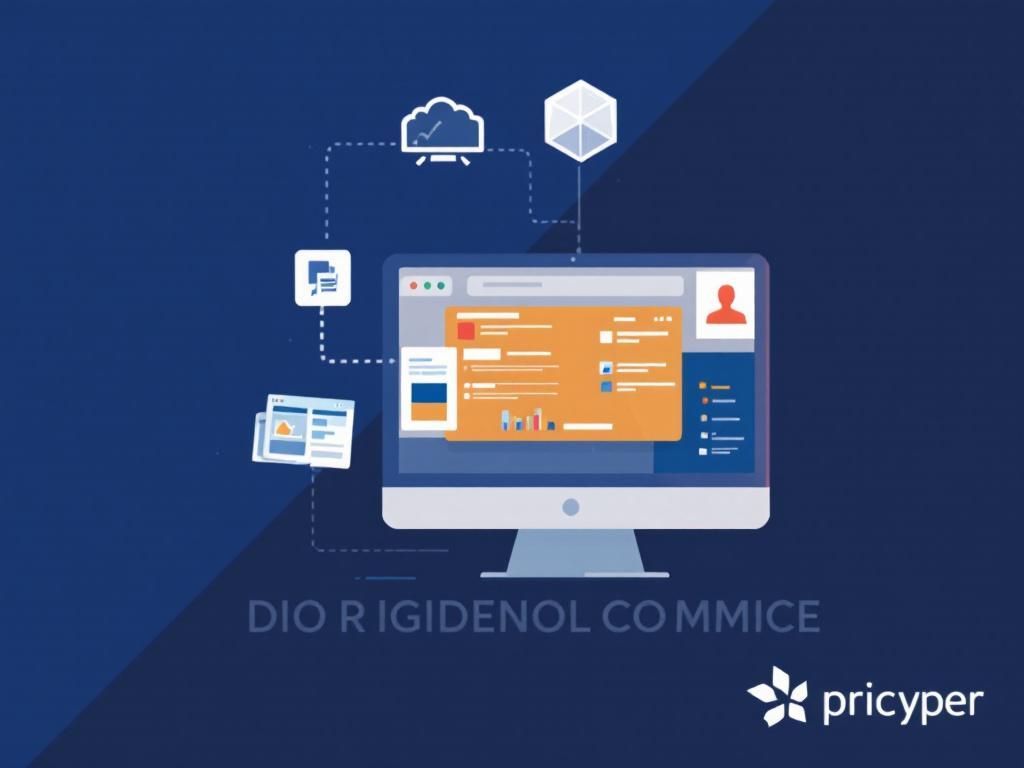Top Tips for VDI Remote Access Success
Discover essential tips for achieving success with VDI remote access, enhancing productivity and security in your organization.

In today’s fast-paced digital landscape, Virtual Desktop Infrastructure (VDI) has emerged as a game-changing solution for organizations seeking to enhance productivity and flexibility. As remote work becomes the norm, ensuring seamless and secure access to virtual desktops is paramount. This article explores key strategies and best practices for achieving success with VDI remote access, helping organizations optimize their VDI deployments.
Table of Contents
Understanding VDI: What You Need to Know
VDI is a technology that allows users to access a desktop environment hosted on a centralized server. Unlike traditional desktop computing, VDI enables users to work from any device, anywhere, as long as they have an internet connection. Here are some critical components of VDI:
- Centralized Management: IT teams can manage and deploy desktop environments from one central location.
- Enhanced Security: Data remains on the server, reducing the risk of loss or theft from local devices.
- Scalability: Organizations can easily scale their desktop deployments to accommodate varying user needs.
Key Considerations for VDI Deployment
Before launching a VDI solution, organizations must consider several factors to ensure a smooth implementation:
1. Infrastructure Requirements
Robust infrastructure is essential for optimal VDI performance. Key elements include:
| Component | Recommendation |
|---|---|
| Servers | High-performance servers with sufficient CPU and RAM to handle multiple concurrent users. |
| Storage | Fast and reliable storage solutions, such as SSDs, to minimize latency. |
| Network | High-bandwidth, low-latency internet connections to support remote access. |
2. Selecting the Right VDI Solution
Choosing the right VDI solution depends on various factors, including:
- Workload Types: Determine whether your workforce needs high-performance virtual desktops or can operate with basic functionality.
- Licensing Costs: Evaluate the total cost of ownership, including software licenses and hardware investments.
- Integration Capabilities: Ensure compatibility with existing software solutions and IT infrastructure.
Best Practices for Optimizing Remote Access
With the foundational elements in place, organizations can implement best practices to enhance remote access:
1. Implement Strong Authentication
Security is paramount when it comes to remote access. Implement robust authentication measures such as:
- Multi-Factor Authentication (MFA): Requires users to provide two or more verification factors.
- Single Sign-On (SSO): Streamlines user access while maintaining security protocols.
2. Optimize User Experience
To ensure users can efficiently access their virtual desktops, focus on:
- Performance Tuning: Regularly monitor and optimize server performance to prevent bottlenecks.
- User Training: Provide comprehensive training to help users navigate the VDI environment effectively.
3. Leverage Monitoring Tools
Utilizing monitoring tools can provide insights into VDI performance and user behavior. Consider:
- Real-time performance monitoring to quickly identify and resolve issues.
- User analytics to understand usage patterns and optimize resources.
Common Challenges and How to Overcome Them
Even with proper planning, organizations may encounter challenges during VDI implementation. Here are some common issues and possible solutions:
1. Network Latency
High latency can severely impact user experience. To mitigate this, organizations can:
- Implement Quality of Service (QoS) policies to prioritize VDI traffic.
- Consider local caching solutions to reduce the dependency on network speed.
2. User Resistance
Some users may resist transitioning to a VDI environment. To alleviate concerns:
- Communicate benefits clearly, emphasizing flexibility and accessibility.
- Involve users in the implementation process to gather feedback and build buy-in.
Future Trends in VDI
The landscape of VDI is continuously evolving. Organizations should keep an eye on the following trends:
1. Increased Adoption of Hybrid Solutions
As organizations seek the best of both worlds, hybrid VDI solutions that combine on-premises resources with cloud services are gaining traction.
2. Enhanced AI Integration
Artificial Intelligence is poised to revolutionize VDI by improving user experience through predictive analytics and automation tools.
Conclusion
VDI remote access presents a myriad of opportunities for organizations aiming to enhance productivity and streamline operations. By understanding the foundational aspects, embracing best practices, and staying ahead of emerging trends, organizations can unlock the full potential of VDI solutions. Ensure that your deployment is tailored to your organization’s specific needs and be proactive in addressing challenges as they arise. With the right strategies in place, achieving VDI success is within reach.
FAQ
What is VDI and how does it work for remote access?
VDI stands for Virtual Desktop Infrastructure, which allows users to access a virtualized desktop environment from any device with internet connectivity, enabling remote work and flexibility.
What are the benefits of using VDI for remote access?
VDI offers enhanced security, centralized management, scalability, and the ability to access applications and data from anywhere, making it ideal for remote work scenarios.
What are the best practices for ensuring VDI remote access security?
Implement strong authentication methods, use encryption for data transmission, regularly update software and security patches, and monitor access logs to enhance VDI security.
How can I optimize VDI performance for remote users?
Optimize VDI performance by ensuring sufficient bandwidth, using efficient compression techniques, optimizing images for faster load times, and regularly monitoring system performance.
What common challenges might I face with VDI remote access?
Common challenges include network latency, bandwidth limitations, user experience issues, and ensuring compatibility with various devices and operating systems.
How can I support remote users effectively with VDI?
To support remote users effectively, provide comprehensive training, ensure easy access to technical support, and regularly gather user feedback to improve the VDI experience.







